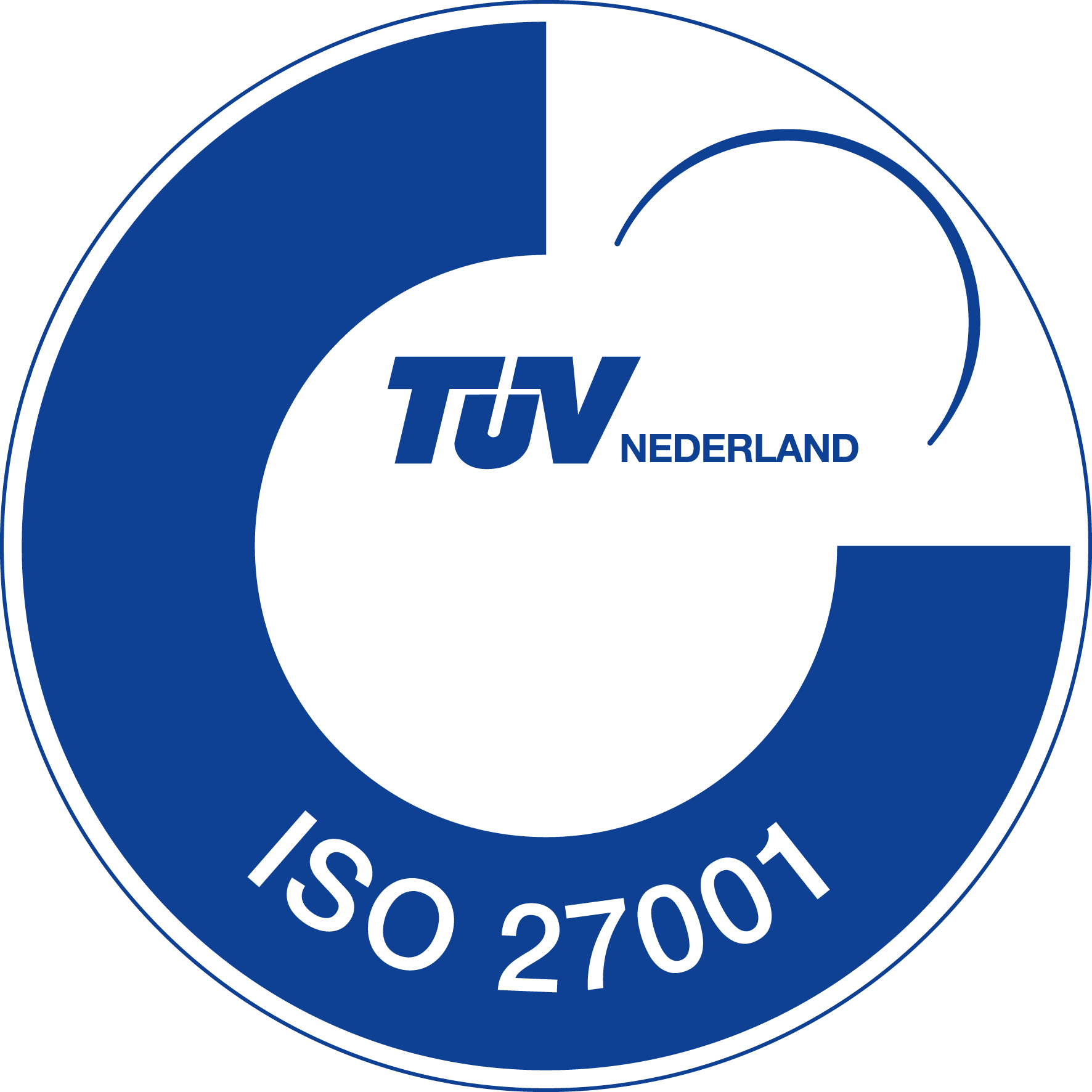
Sometimes, the existing team simply needs a helping hand. Other times, a legacy system is being phased out, and maintaining two systems simultaneously stretches the team too thin. We’ve also seen cases where a third-party provider steps away — or prices themselves out of the picture. And then there are those fascinating scenarios where a system is inherited through an acquisition, and the in-house team needs time to absorb the technical intricacies.
Whatever the reason, these are often the most rewarding assignments. Not just for our talented teams in Vietnam, but also for the architect — myself included. Because, truth be told, stepping into someone else’s codebase is a bit like becoming an archaeologist.
The Language of Legacy
There’s something oddly poetic about diving into a system you didn’t build. You find yourself in a world shaped by another professional’s mind — someone you’ll likely never meet. And yet, through their code, their structure, their naming conventions (or lack thereof), you begin to understand them. As the saying goes, “Language is the vehicle of the mind.” In software, that language is literal.
You encounter brilliant little gems — elegant solutions to complex problems, clever abstractions, thoughtful documentation. But you also stumble upon the occasional swamp of technical debt, hastily patched bugs, or cryptic logic that defies explanation. It’s all part of the journey.
And because you’re coming in with fresh eyes, you can often spot critical pain points early. Within a few sprints — three, typically — you reach a turning point. You’ve mapped the terrain. You’ve stabilised the system. You’ve earned the confidence to say: “We’ve got this.”
“With curiosity and commitment, we get every system moving again.”
From Chaos to Control
That moment — when the fog lifts and the system bends to your will — is deeply satisfying. From there, it’s a matter of documenting what you’ve learned, presenting your findings, and prioritising the next steps. The beast is tamed. The storm has passed. And the team, now working in tandem with the client, can focus on building a stable, sustainable future.
For the architect, though, the real adventure is already over. The thrill of discovery, the joy of deciphering someone else’s logic, the quiet satisfaction of restoring order — it’s time to move on. A new challenge awaits.
Why It Works
What makes this approach successful isn’t just technical skill. It’s mindset. It’s curiosity. It’s the willingness to step into the unknown, to respect the work that came before, and to improve it without ego. It’s about building trust quickly, delivering value early, and leaving things better than you found them.
And it’s also about commitment. Because when a client hands over a critical system, they’re not just asking for help — they’re placing their trust in us. That’s not something we take lightly.
A Final Thought
Taking over a critical system is never just about code. It’s about people, processes, and purpose. It’s about understanding the past so you can shape the future. And sometimes, it’s about being an accidental archaeologist — sometimes brush in hand, sometimes a pickaxe, curiosity in heart, ready to uncover the story beneath the surface.
Hence our motto: Commitment you can count on.
So, if you’re facing a transition, a gap, or a moment of uncertainty with a critical system — don’t hesitate. We’re ready to step in, steady the ship, and help you move forward with confidence.










